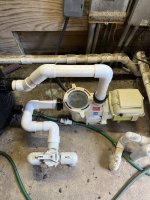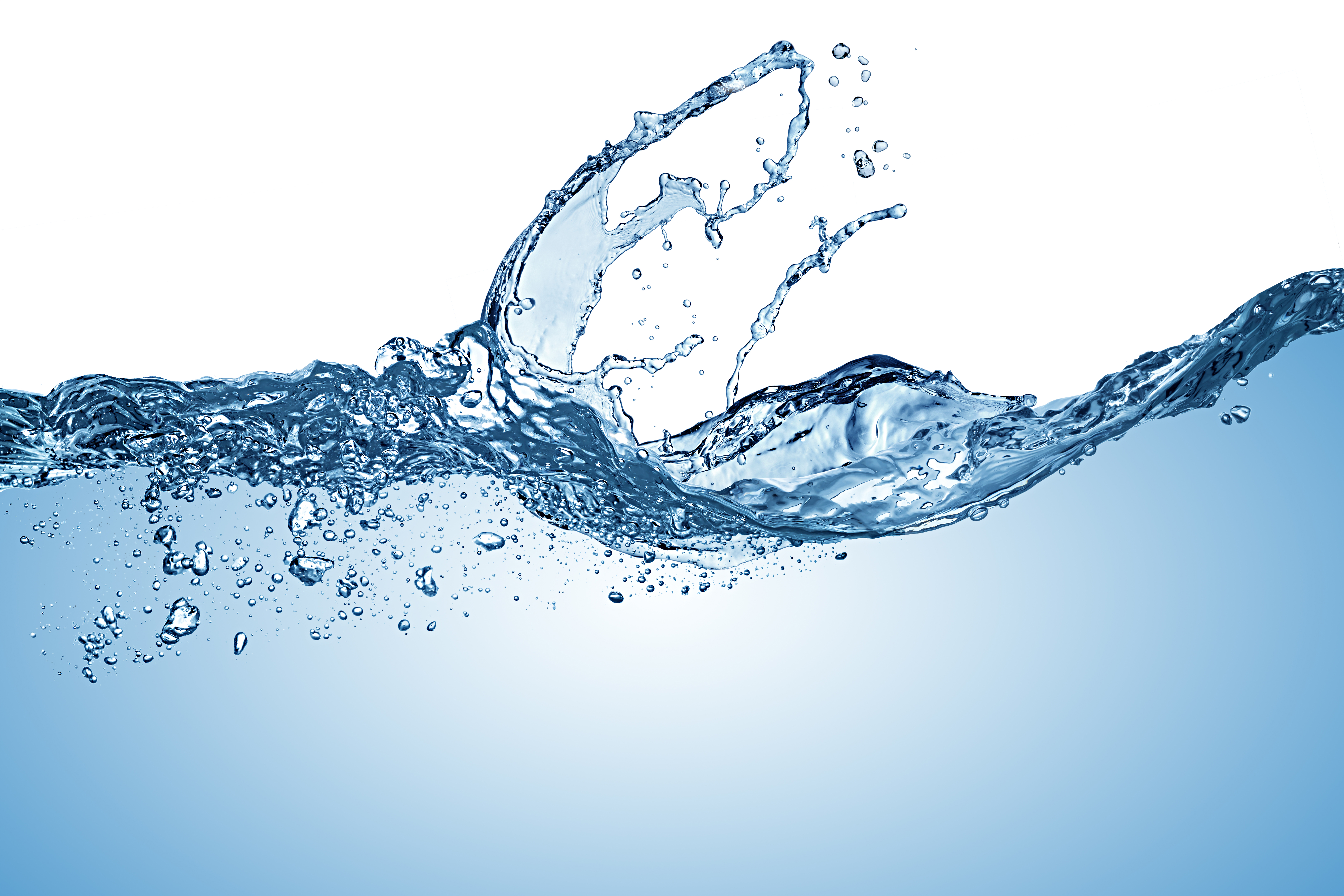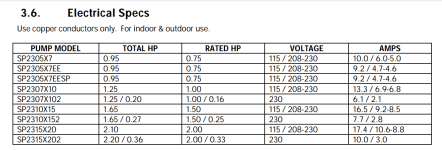266.4/367.2 = 72.5%, which is a pretty big power drop.
367.4 - 266.4 = 100.8 watts drop in power.
367.2/266.4 = 1.378 time more power at 1,500 rpm than at 1,600 rpm.
Definitely an unusual anomaly that cannot be explained by the current data available.
See if the filter pressure changes when the speed changes from 1,500 RPM to 1,600 RPM.
Also try the numbers going from highest speed down to the lowest speed.
Give the display a minute after changing speeds to see if the numbers are stable or if they fluctuate from the immediate change to the 1 minute mark.
Can you show a picture of the system?
367.4 - 266.4 = 100.8 watts drop in power.
367.2/266.4 = 1.378 time more power at 1,500 rpm than at 1,600 rpm.
Definitely an unusual anomaly that cannot be explained by the current data available.
See if the filter pressure changes when the speed changes from 1,500 RPM to 1,600 RPM.
Also try the numbers going from highest speed down to the lowest speed.
Give the display a minute after changing speeds to see if the numbers are stable or if they fluctuate from the immediate change to the 1 minute mark.
Can you show a picture of the system?
Last edited:


























